And it’s a bit of a surprise as THE BILL SIENKIEWICZ INTERVIEWS conclude…
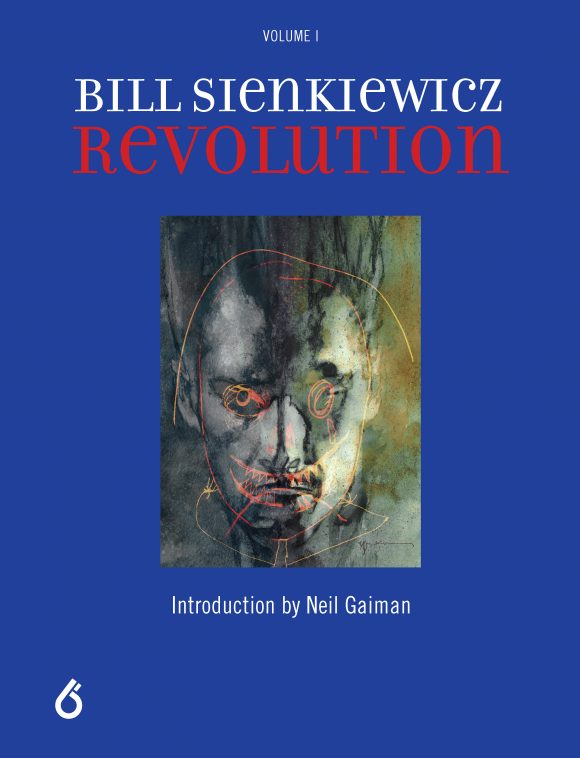
—
Welcome to the finale of THE BILL SIENKIEWICZ INTERVIEWS — a three-part series looking at the groundbreaking artist’s creative beginnings. This series, which we’ve published to mark the release of Six Foot Press’ hardcover retrospective Bill Sienkiewicz: Revolution, has run across three consecutive Sundays. For the rest of the series, click here. — Dan
—
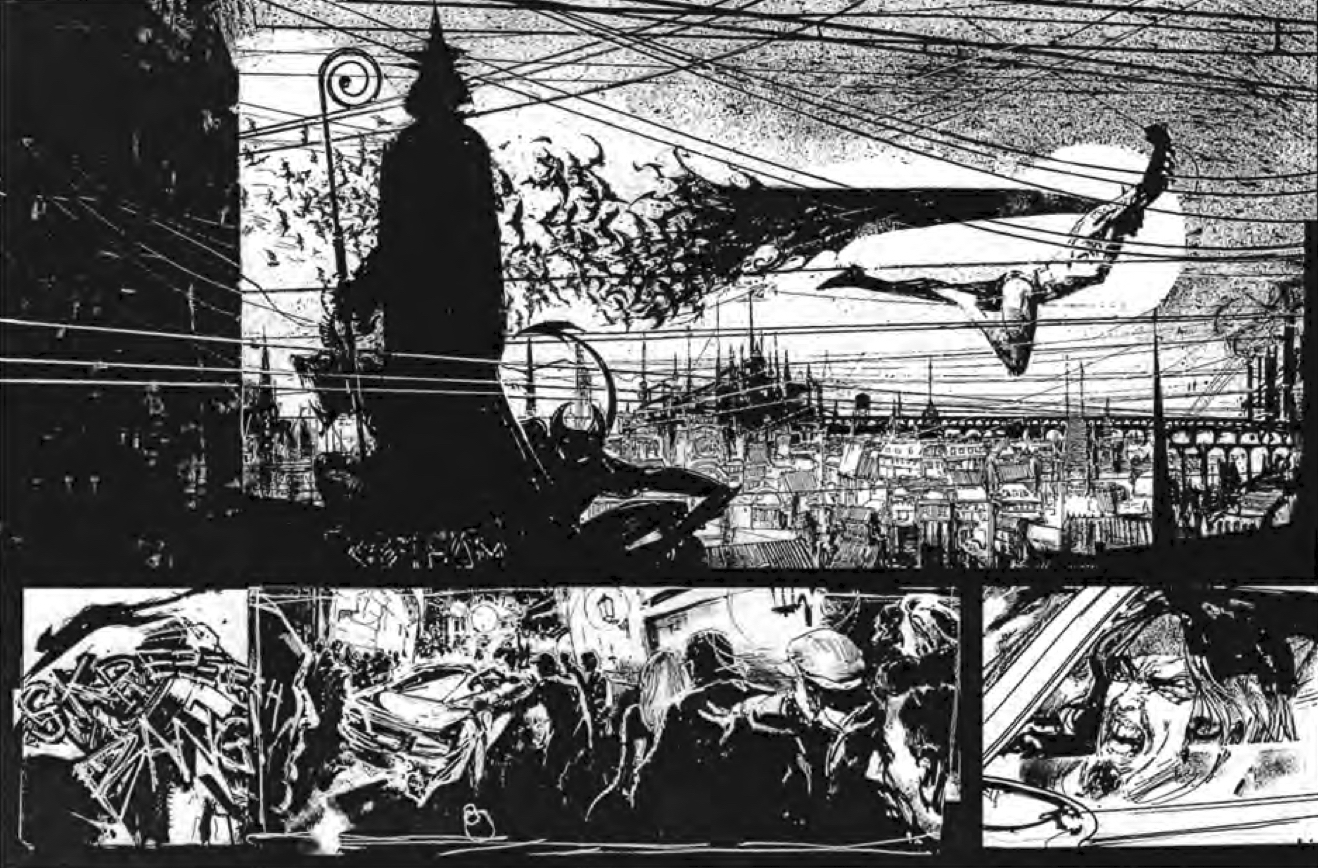
Unpublished page from Detective Comics #801 — the first part of David Lapham’s City of Crime.
Dan Greenfield: You’ve pretty much reached that stage where you can pretty much do anything you want. Is there a series or character that you’ve always said, “Man, I really would love to get my hands on that” but you’ve never had the opportunity for whatever reason?
Bill Sienkiewicz: There’s been a couple of near misses with Batman like the David Lapham story that I did. (Click here for much more on the City of Crime arc that ended up going in a different direction.)
I think there’s a part of me that would love to do a run on like a Harvey kind of book, more like funny animal kind of stuff. Something completely away from the superhero stuff. Like, I did a couple of Alf covers here and there.
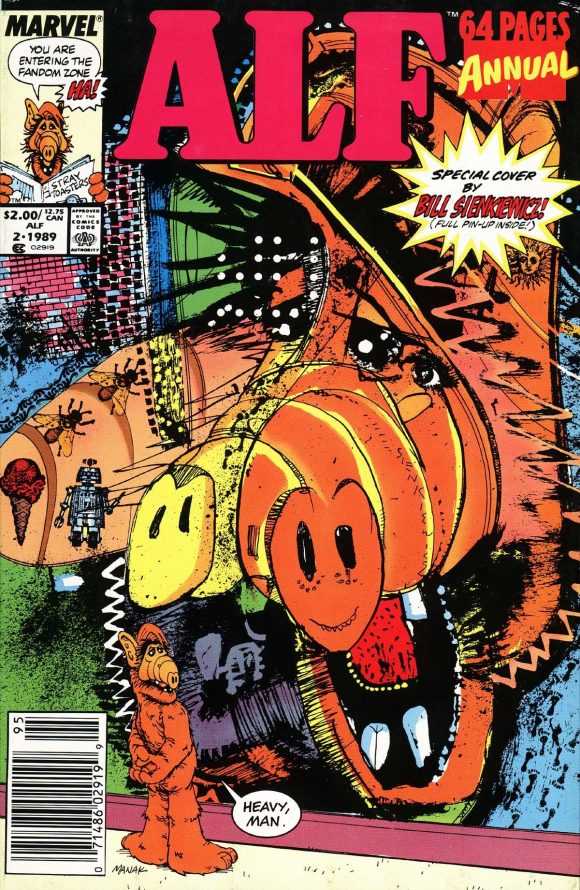
With Dave Manak
But one thing I think that would have been fun would be to do a run on a sword and sorcery kind of thing, like a Conan or a Tarzan or something like that. Or something where I get to play with demons and monsters and sword and sorcery. I always loved Frank Frazetta’s take (on Conan), and Neal Adams’ take, but I never really got a chance. I did one or two Kull things. So that would be the one thing. As far as anything else, funny animals would probably be the way to go.
When you talk about the stylistic changes, I think when I was in high school, I think I got regular comic-book storytelling out of my system in my teens and early 20s. … (Later), I was into the abstract stuff, I was sort of at that age where a lot of the things I loved about comics seemed to be like, “I already did that.” …
What sort of drew the line for me was drawing like Neal Adams. (Click here for more on that.) I was being criticized as being nothing but an Adams clone, so I thought “With all this stuff in my sketchbooks, I’m either gonna do what’s in my sketchbooks as comic books — because I think comics can handle anything — or I’m gonna get out.” That’s the way I view the medium.
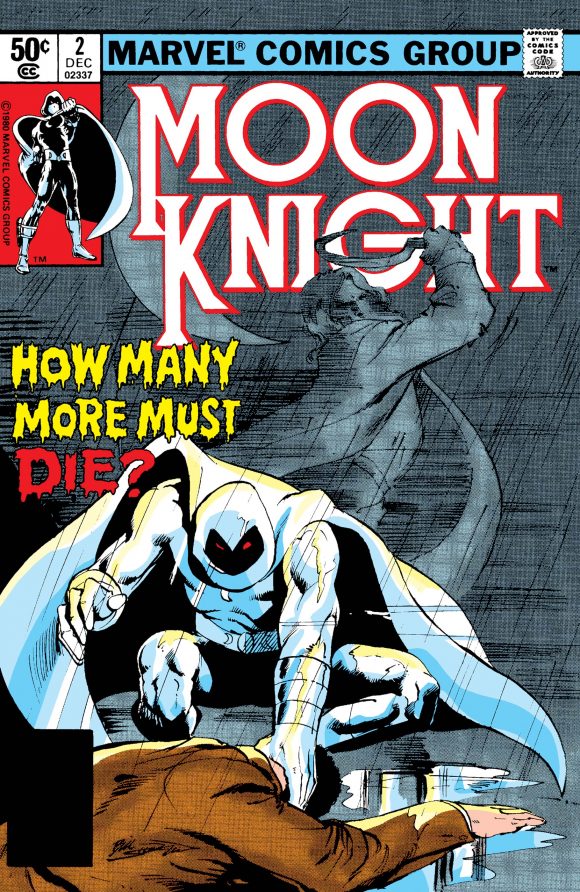
Early Sienkiewicz
As I’m answering you I’m also thinking, “What are some of the other things I would like to do?”
I wish I had been able to do a movie satire for Mad magazine, because Mort Drucker was a hero of mine. Over the years I’ve gotten a chance to work — like when I inked Carmine Infantino, or I inked Jim Aparo or John Buscema, I worked with some of my idols, my heroes. I became really good friends with Nick Cardy, an absolute sweetheart, and I remember talking to DC about getting him to do some more stuff and inking his stuff.
People have asked me why I like to ink other people’s work and I feel like it’s not just an acknowledgement of the history, but it’s also something about comics that are uniquely collaborative as well as individual. It’s like walking in someone’s shoes and seeing how they view things. That’s something I would have loved to have done. If I couldn’t think of a specific character, at least I would have liked to have worked with him again.
Greenfield: You look back on your career, when you think of yourself as an artist and you think of your accomplishments, what is the one thing you point to in your mind and say, “That’s me, that’s my project. That says the most about me as an artist.”
Sienkiewicz: I don’t know if there’s a quintessential piece of mine, but my goal is to draw and paint well enough to have something be representational. I think that what music taught me, is that I’d rather have something feel right than look right. Something can look correct but still not be emotionally correct. There are plenty of people out there who can draw rings around me, and their work will even be cold, and yet there’s some other work out there that’s raw and emotional and it’s like, you get it. Any piece that I can think of where the emotional aspect of it resonates more than the visual, but if the two are working together, that’s the ideal to me. …
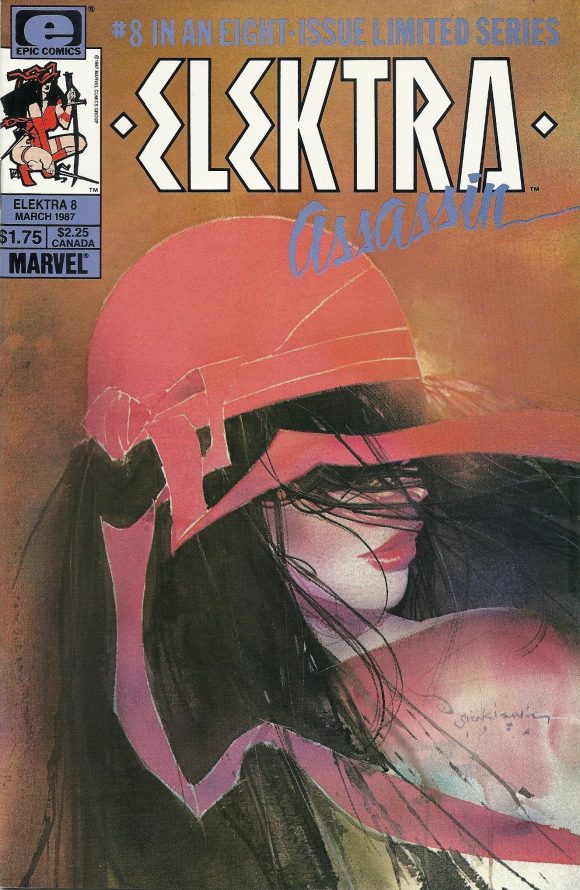
Moon Knight was a very traditional way, but that was me at that time. New Mutants was me in black and white abstraction and animation. Elektra: Assassin was painting the interiors, and Stray Toasters and Moby Dick and things like that were bringing in much more fine art — mimeographs or Xeroxes or collage, photography, a lot of the stuff you see like Dave McKean doing. It’s like that whole idea of bringing in all kinds of things from the outside.
I suppose to answer your question, it’s like they’re all me. The real me is probably the next piece I’m doing.
—
MORE
— THE BILL SIENKIEWICZ INTERVIEWS Index. Click here.
— EXCLUSIVE PREVIEW: Bill Sienkiewicz’s Marvelous REVOLUTION. Click here.

November 18, 2019
I have been a fan of your work for a long time Bill.
November 18, 2019
Not “funny animals”, but something Sienkiewicz has never tackled before — I’m sure Archie Comics would sign him up in a heartbeat.
December 1, 2019
I’d love for Bill Sienkiewicz to team up with Alex Ross for a special comic-book event. 😉